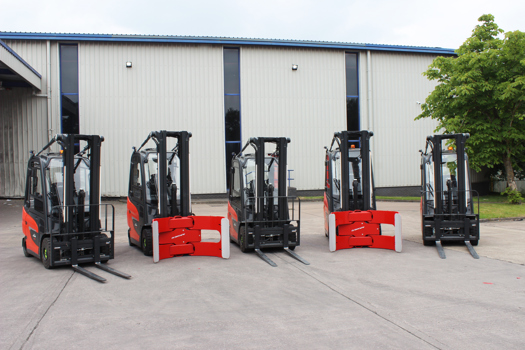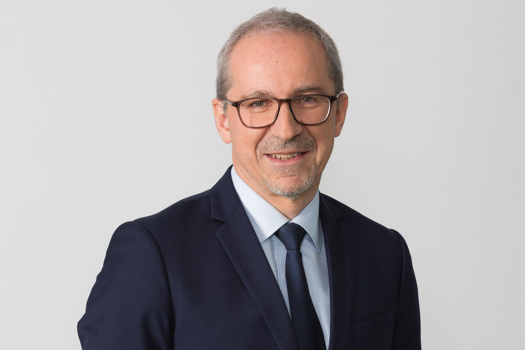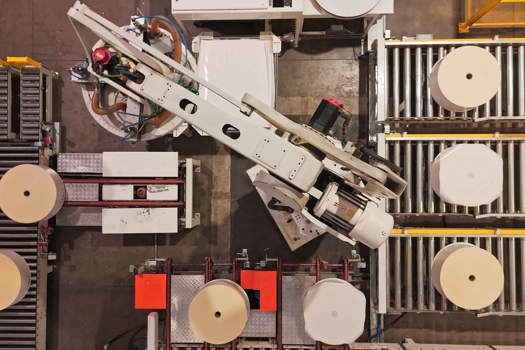PM4 has an annual capacity of 400,000 tonnes and uses 100% recovered paper, which will be collected from Belgium, the Netherlands, the UK, France and Germany.
Stora Enso senior executive vice president publication paper Bernd Rettig said the mill was perfectly located to take advantage of the urban forest of recoverable paper, particularly in the UK and France. The plant has excellent road, rail and sea links, and 80m people live within a 300km radius.
Our goal is to have streamlined machines that produce just one product, they are much more competitive, said Rettig.
The machine can produce a tonne of newsprint per one and a half hours worked, compared to an industry average of between two and three hours.
Rettig said Storas strategy of replacing less competitive, older machines with state-of-the-art ones would not add capacity to the market.
As part of its restructuring programme Stora Enso is closing Langerbrugges PM2, which has a capacity of 120,000 tonnes, and is switching its PM3 newsprint machine (165,000 tonnes) to SC grades. The company is also closing PM1 (110,000 tonnes) at its Summa plant in Finland.
The 345m (euro 500m) investment at Langerbrugge is Stora Ensos largest to date and has added 70 jobs, bringing the mills workforce to 450.
The investment included a de-inking plant and a 75MW bio-fuel power plant, which burns sludge from the paper making process. The power plant can generate one tenth of electricity requirements and a third of the steam needed for the mill.
Have your say in the Printweek Poll
Related stories
Latest comments
"Next week it'll be Bitcoin"
"Everyone seems satisfied with that result. I wonder if it will always be so amicable."
"Very insightful Stern.
My analysis?
Squeaky bum time!"
Up next...

Safety and performance
PCP boosts sustainability with electric forklift fleet

Supports European strategy
Antalis continues acquisitive streak with Club Groupe buy

Newly created role
Pincroft strengthens growth strategy with senior appointment

Unlocking efficiencies and driving growth


